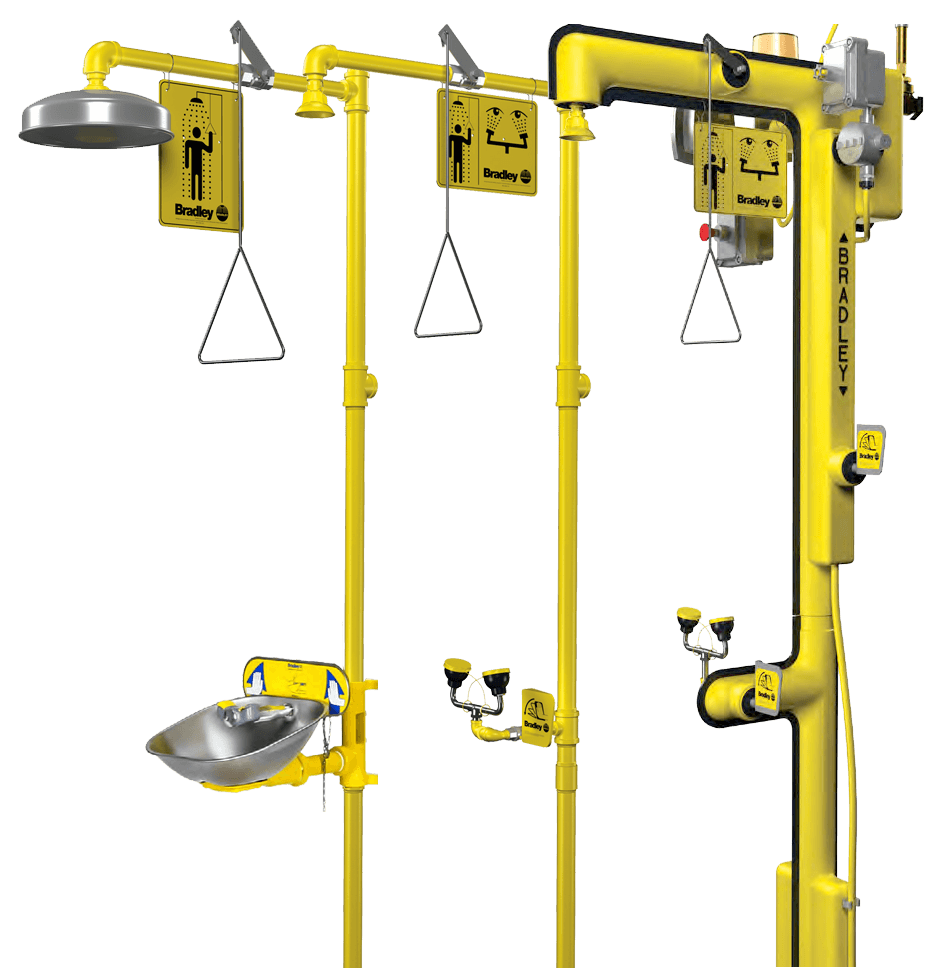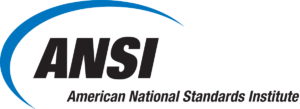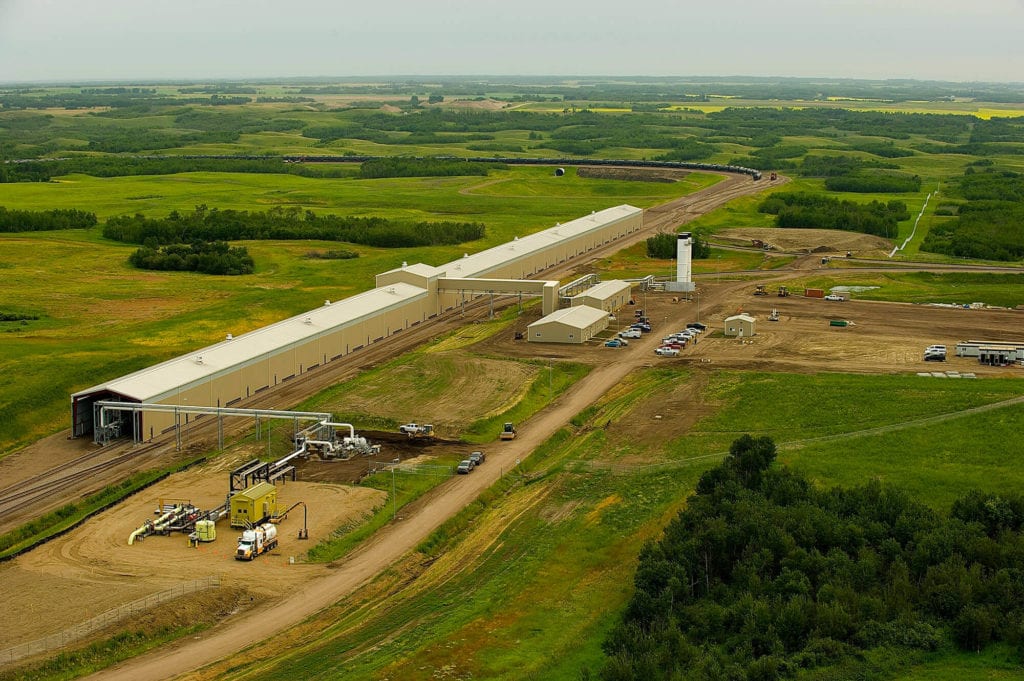Get a quote, configure a custom safety solution or ask a question. We're here to help!
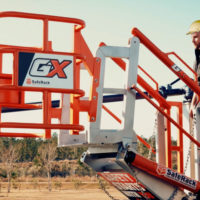
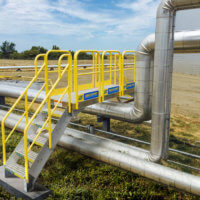
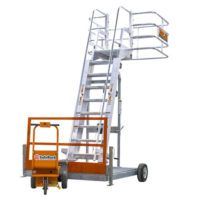
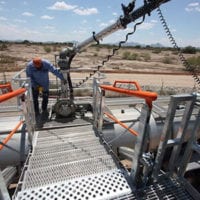
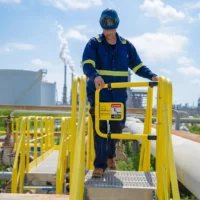
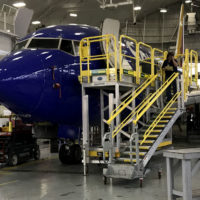
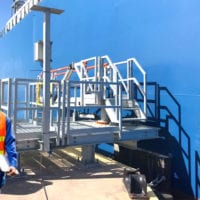

- Spill ContainmentMore …Loading Safety CagesMore …
SafeRack Worldwide
We pride ourselves on one-on-one customer service. When you call SafeRack, we'll be there to answer your questions with a combined experience of 400+ years.
Select your region below.- View Products
- Railcar & Truck Loading Platforms
- Gangways & Loading Ramps
- Stairs, Platforms & Ladders
- Mobile Ladders & Platforms
- Loading Arms & Fluid Transfer
- Safety Gates & Traffic Control
- Aviation & Aerospace Access
- Marine Access & Loading
- Grounding & Monitoring
- Spill Containment
- Loading Safety Cages
- Transloaders & Skids
- Shelters & Canopies
- Fall Protection
- Terminal & Speciality
Home / Industries / Bulk Chemical Loading / Aluminum SulfateAluminum Sulfate Handling Design, Loading, and Installation.
Although no two Aluminum sulfate loading solutions will be identical, the product itself determines much of the critical design criteria that will ensure that optimum safety and productivity can work together in harmony.
Aluminum sulfate, also known as Dialuminum trisulfate is a white crystalline solid. It is soluble in water and mainly used as a coagulating or binding agent (to remove impurities) in the purification of drinking water and it’s also used in paper manufacturing. When mixed with water aluminum sulfate forms sulfuric acid that is corrosive to metals and soft tissue.
In the United States, Aluminum sulfate is a “tight-fill” (closed-loop) (un)loading operation and is loaded into rail cars via chemical hoses or 3” stainless steel loading arms. Aluminum sulfate if not handled properly can cause serious injuries and Personal Protective Equipment (PPE) is required. Additionally, because operators are on top of the vehicles during the loading process, robust, well-designed fall prevention is essential to ensure increased throughput, without compromising operator safety.


















Question, Get a Quote, Live Demo or Request an On-Site Visit
Our experts simplify the complex
View Full TextAluminum sulfate is sometimes called alum or papermaker’s alum in certain industries and is typically shipped in 26,000-gallon DOT-103 rubber-lined, insulated, or non-insulated tank cars with safety valves.
The rails cars themselves are ~ 9′ outside diameter with an overall length of ~45’ to 50′, with a 6’ x 6’ center opening or off-set crash box openings.
Tank truck (un)loading procedures are similar to railcar applications with the trailers meeting established DOT requirements for transporting aluminum sulfate or other like commodities. Approved DOT trailers include MC 307 or low pressure chemical ISO containers. Trailers and ISO’s are typically bottom unloaded. An extension pipe with two valves is flanged to the top of the trailer.
All trailers must be equipped with pressure relief valves, and trailers with bottom outlets must be equipped with remote controlled stop valves.
Typical Aluminum Sulfate Loading Platform
Quote or discuss your installation.
Start by selecting loading application"*" indicates required fields
Below are some of the loading and unloading solutions for illustrative purposes only. Our experts will work with you and your team for a custom solution to suit your needs.
Aluminum Sulfate Loading

Aluminum Sulfate is typically loaded into railcars or tank trucks via boom supported stainless steel loading arms or chemical hoses with flanged end connections. The arm or hose will have a top inlet with a control valve to ensure that it is self-draining after use and is supported along the length of a mechanical loading arm to improve handling; this is known as a by-pass arm. You can install one liquid and one vapor arm, or mount both the liquid and vapor hoses on one by-pass arm. For unloading, typically you would use a rigid self-draining stainless steel loading arm with Buna-N, EPDM or PTFE seals. Purge lines can be fitted to the arm, for nitrogen purging. Additional features such as parking latches with proximity sensors can be incorporated into the total system to ensure the arm is correctly stowed when not in use, before any rail movement can occur.
Loading Gangways and Safety Cages


A wider access gangway (48″-60″ is preferable) as it helps improve access and egress to and from the vessel. In addition, a wider gangway will reduce the risk of the operator’s PPE getting caught, torn or damaged, and will improve productivity and safety. Powered gangway solutions are also an option, with both hydraulic and pneumatic solutions being commonly used. Each gangway will be fitted with a two-rail safety cage for the railcar crash box. This will be a centered 6’x6’ safety cage to sit directly over the cashbox. This will provide a safe, secure work environment for your operator when connected to their breathing apparatus.
GX SELF-ADJUSTING STAIR (SAS) GANGWAY
SafeRack’s NEW GX SAS gangways use Retractalok power-assist technology allowing operators to raise or lower effortlessly, light as a feather to lift, solid as a rock. Tested in the most critical applications, this revolutionary new gangway outperforms all others. Available in multiple lengths and widths. Learn More
Aluminum Sulfate Eye Wash/Drench Showers

ANSI guidelines state that an Eye Wash/Drench Showers need to be located 10 seconds or 55’ (16.8m) from contaminants or hazardous materials. Eyewash stations need to be on the same horizontal plane with no obstructions.
Therefore, we would propose the installation of a standard combination Drench Shower/Eyewash Unit, which will save limited space and fit easily into any work environment.
Aluminum Sulfate Spill Containment

Spill containment pans will be provided at the point of loading operations and is an essential piece of equipment in overall site safety and environmental protection Aluminum Sulfate Grounding

Aluminum sulfate is not a combustible material; however, industry best practice includes the grounding of all vessels before starting the (un)loading process. - Vehicle grounding and bonding — ensure true grounding before product flow is permitted
- Explosion-proof enclosures — meet or exceed UL, CSA, and Ex requirements
- Non-sparking tools are also recommended while working around this product
Aluminum Sulfate Safety Gates

Safety Gates will be installed at the top of stairs and any other openings to ensure operator safety at all times.  YellowGate Safety Gates
YellowGate Safety GatesSafeRack’s line of industrial safety gates is the most flexible product on the market with the ability span openings between 16” and 36” and is field adjustable with nothing more than a wrench. Learn More
Aluminum Sulfate Options

- Lighting – Lighting both over and under the platform will be provided. For overcast days or second shift, lighting is essential for improved safety and improved productivity.
- Platform & Canopies – Full platform canopies reduce exposure to the elements and improve the safe and productive loading operation from the operator’s perspective.
- Operator Shelter – Depending on your site requirements, consideration should be given to the requirement of an operator or guard building on the loading platform. This can be customized to meet specific site requirements
- Wheel Chocks – Railcar Wheel Chocks provide fast blocking of all types of railcars and meet OSHA regulations to safely prevent railroad cars from moving during loading or unloading operations. This is a requirement by the Department of Homeland Security
Personal Protective Equipment PPE Requirements
Eye/Face Protection: Wear chemical safety goggles. The use of a respiratory device to protect against the effects of fumes, dust and aerosol is also recommended.
Skin Protection: Wear chemical protective clothing e.g. gloves, aprons, boots. Coveralls or long sleeve shirts and pants in some operations. Wear a chemical protective, full-body encapsulating suit, and self-contained breathing apparatus (SCBA). Suitable materials include: butyl rubber, neoprene rubber, Viton®, Viton®/butyl rubber, Barrier® – PE/PA/PE, Silver Shield® – PE/EVAL/PE, Trellchem® HPS, Trellchem® VPS, Saranex®™, Tychem® BR/LV, Tychem® Responder® CSM, Tychem® TK. The following materials should NOT be used: natural rubber, polyvinyl chloride. Recommendations are NOT valid for very thin neoprene rubber gloves (0.3 mm or less).
Respiratory Protection: Up to 5 ppm:
(APF = 10) Any chemical cartridge respirator with cartridge(s) providing protection against chlorine*; or Any supplied-air respirator*.
*Reported to cause eye irritation or damage; may require eye protection.
APF = Assigned Protection Factor
Recommendations apply only to National Institute for Occupational Safety and Health (NIOSH) approved respirators. Refer to the NIOSH pocket guide to chemical hazards for more information.
Use a local exhaust ventilation and enclosure, if necessary, to control the amount in the air. Consider using a corrosion-resistant exhaust ventilation system separate from other ventilation systems. It may be necessary to use stringent control measures such as process enclosure to prevent product release into the workplace. Use backup controls (e.g. double mechanical pump seals) to prevent the release of this material due to equipment failure. * For illustrative purposes only. Our experts will work with you and your team for a custom solution to suit your needs Customer Reviews
 4 5Good communications and fast responses.
4 5Good communications and fast responses.The product was delivered just as promised – quickly. Good communications and fast responses.
By Luke Keller from Simplot on 3/18/11 5 5Safe Access Gangway
5 5Safe Access GangwayYou guys were able to meet our need for expedited shipping and produced three-fold downs and had them out the next day in order for us to complete a project. That was outstanding.
By T. Hart from Fall Protection Systems on 6/26/20 4 5TOP NOTCH.
4 5TOP NOTCH.Mark Gardner is an excellent asset to SafeRack. He is extremely helpful and knowledgeable. Your gangways are an excellent product, sturdy, well constructed and easy to install. I had nothing but a positive experience with the entire staff that I dealt with. I would, and will, recommend SafeRack to anyone. TOP NOTCH.
By Chris Bullock from SEFA Group on 3/11/13 4 5This product improves safety.
4 5This product improves safety.Fast delivery, very responsive sales staff, and worked well addressing our safety concerns. The weight, dimensions, color and durability are all great benefits of this product. Not forgetting the overall reason to recommend this product, it improves safety.
By Daniel Merredew from City of Winnipeg on 11/4/13 4 5It was such an easy process.
4 5It was such an easy process.John Bast was great to work with. The quality is great and it was such an easy process to deal with SafeRack. I would recommend you to others and I will be pushing SafeRack to our customers.
By Geoff Powers from Diamond Pet Food on 7/13/11 5 5He was great! It was a very professional experience.
5 5He was great! It was a very professional experience.My experience was completely positive from the very quick call back after an internet inquiry to getting the right product ordered. Being located in New York City, like other large cities, the cost of installation can be very expensive. With this modular product we are able to use our qualified in-house engineers and get this product installed in a difficult location safely.
By Bill Paolini from New Water Street Corporation on 6/6/18MAJOR ALUMINUM SULFATE PRODUCERS WHERE WE HAVE SUCCESSFULLY EXECUTED ALUMINUM SULFATE LOADING PROJECTS
Aluminum Sulfate 101
Things to know about Aluminum Sulfate
Aluminum Sulfate is regulated by the U.S. Department of Transportation (DOT) and is classified as an acidic, corrosive hazardous material with the DOT identification number UN 3264.
Aluminum sulfate is typically a white crystalline solid dissolved in water. It is used in WWTP plants for water treatment and purification. It’s also used in the dyeing of fabrics, and in the making of paper products. There are many other uses for aluminum sulfate as well, and many are used to make products consumers use daily. Even the tap or bottled water you drink is filtered using aluminum sulfate.
Only properly trained and equipped personnel should be permitted to (un)load aluminum sulfate tank cars and tank trucks. Operators should wear approved PPE equipment including impervious clothing, footwear, gloves, and goggles.
Aluminum sulfate is dangerous to human health, and as a corrosive chemical, acute exposure can cause severe skin burns and eye damage. Do not breathe dust/fumes/mist/vapors as they can be fatal if inhaled. Use only outdoors, or in a well ventilated area.
First aid measures for exposure include – removing operators from the source of exposure and into fresh air. Remove contaminated clothing immediately; wash skin thoroughly with soap and water; flush eyes with tepid water for 15 minutes. If ingested do not induce vomiting, but immediately call your local poison control center. Aspiration into the lungs can cause fatal chemical pneumonitis. If ingestion has occurred, assume there is a risk of aspiration into the lungs.
Best practice includes storing this chemical in a cool, dry environment in well sealed containers, and away from any oxidizing agents.
Aluminum sulfate is corrosive to most metals including bronze, brass, carbon, milled steel, so great care should be taken to avoid contact with these materials. However aluminum and stainless steel are acceptable materials of construction.
Environmental precautions include preventing chemicals from reaching drains, sewer or open waterways.

Is your plant or facility compliant with ANSI, OSHA, and local safety codes? We can help!


EMERGENCY EYEWASHES / SHOWER EQUIPMENT AND THE ANSI/ISEA Z358.1 – 2014 STANDARD
Following eye contact, you must start washing with water immediately to prevent permanent damage. In the event of skin contact, you must start washing with water immediately to prevent slow-healing chemical burns.
Are you aware that ANSI guidelines state that Eye Wash/Drench Showers need to be located 10 seconds or 55′ from contaminates or hazardous materials and located on the same horizontal plane, with no obstructions? If bottom loading/unloading, an additional shower should be located at grade as well. SafeRack provides the above equipment plus much more needed to keep employees safe and expedite bulk chemical loading and unloading.
OSHA Regulation Experts – Does your existing chemical safety equipment or chemical loading systems meet OSHA’s latest requirements? SafeRack’s professional technical sales consultants are available to meet with your team to make recommendations to keep your facility in front of OSHA’s ever-changing country and region-specific standards and regulations, including lifeline and trolley beam fall arrest systems, metal stairs, and access platforms.
Installation Gallery
Why SafeRack?
The SafeRack approach is a collaborative one. Let’s call it The SafeRack Way. We have, over many years amassed a great deal of experience and understanding of the safety aspects involved in loading road tankers and railcars, as well as the behavioral habits of the operators.

Experts In Chemical Loading
- Acetic Acid
- Acetic Anhydride
- Acetonitrile
- Acrolein
- Acrylic Acid
- Acrylonitrile
- Aluminum Chloride
- Aluminum Sulfate
- Ammonia
- Ammonium Hydroxide
- Ammonium Nitrate
- Aniline
- Benzene
- Benzyl Chloride
- Bromotrifluoromethane
- Butadiene
- Carbon Dioxide
- Caustic
- Chlorine
- Chloroform
- Chlorosulfonic Acid
- DEF (Diesel Exhaust Fluid)
- Diethylene Glycol
- Dimethylformamide
- Dodecylbenzene Sulfonic Acid
- Ethanol
- Ethyl Acetate
- Ethyl Chloride
- Ethylene
- Ethylene Dichloride
- Ethylene Glycol
- Ethylene Oxide
- Ferric Chloride
- Ferrous Chloride
- Hexane
- Hydrochloric Acid
- Hydrofluoric Acid
- Hydrofluorosilicic Acid
- Hydrogen Cyanide
- Hydrogen Peroxide
- Hydrofluoric Acid
- Hypochlorous Acid
- Isopropyl Acetate
- Liquid Argon
- Liquid Nitrogen
- Liquid Oxygen
- Maleic Anhydride
- MDI
- Methanol
- Methyl Chloride
- Methyl Ethyl Ketone
- Methyl Methacrylate
- Methyl Isocyanate
- Molten Sulphur
- Nitric Acid
- Oleum
- Phenol
- Phosphoric Acid
- Phosphorus Oxychloride
- Phosphorus Trichloride
- Polypropylene
- Renewable Diesel
- Sodium Cyanide
- Sodium Hydroxide
- Sodium Hypochlorite
- Styrene Monomer
- Sulfuric Acid
- Sulfur Dioxide
- Titanium Tetrachloride
- Toluene
- Toluene Diisocyanate
- Turpenitne
- UAN (Urea Ammonium Nitrate)
- UREA
- Vinyl Acetate
- Vinyl Chloride
- Xylene
- Zinc Chloride
- Agro-Chemical
- Specialty Chemical
- Petrochemical

North America’s largest loading terminal
World-leading designer, manufacturer, and installer of truck and railcar loading platforms
As one of the primary railcar loading points, Hardisty is one of the major crude oil hubs in North America and a major origination point of pipelines that export to the United States. SCS was asked to supply and construct a SafeRack crude oil loadout terminal spanning nearly half a mile. The USD Hardisty terminal can load up to two 120-railcar unit trains per day and consists of a fixed loading rack with 62 railcar loading positions enclosed, separate control, operator, and mechanical buildings, as well as a unit train staging area and loop tracks capable of holding multiple unit trains simultaneously. SCS also supplied and installed boom-supported loading arms with supply and vapor management systems.

Quick Quote 866-761-7225
LET US DESIGN YOUR SOLUTION TODAY
Our innovative tools provide 3D visualizations and accurate quotes in minutes.
Get Help NowOrder Now 866-761-7225
Questions or Need a Quote?
Chat live with a knowledgeable and friendly safety expert now.

Bob Kashtan
Located in South Carolina

Joey Robinson
Located in South Carolina

Caelin Lacy
Located in South Carolina

Katie Kelly
Located in South Carolina

Amber Graham
Located in South Carolina












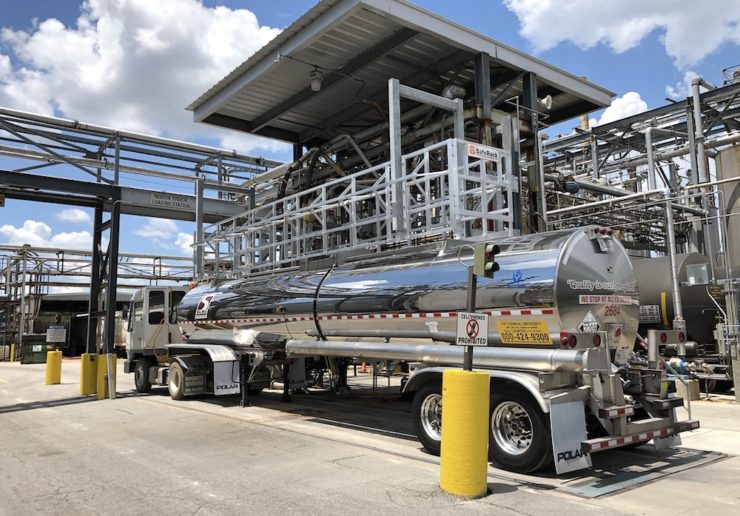
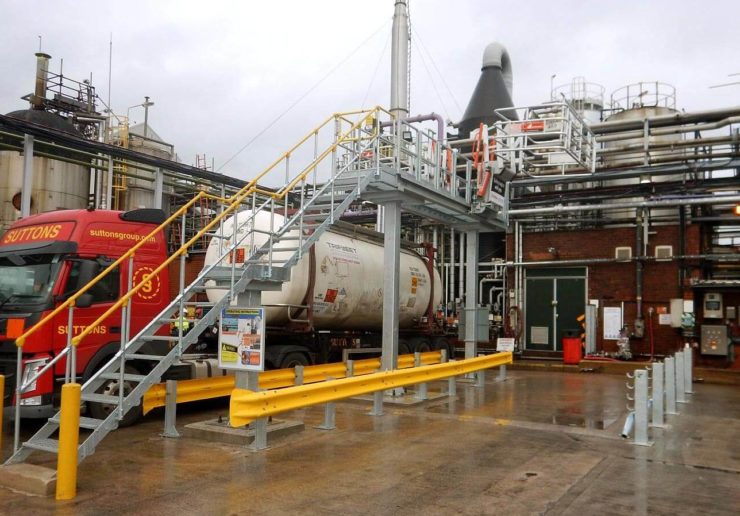
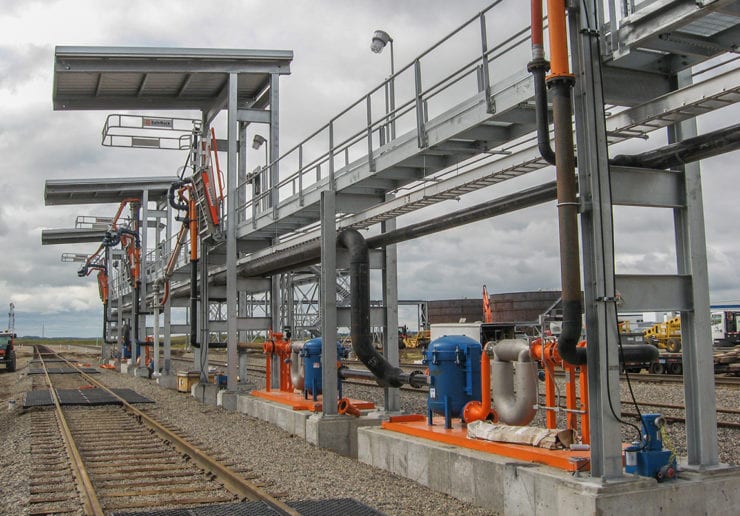
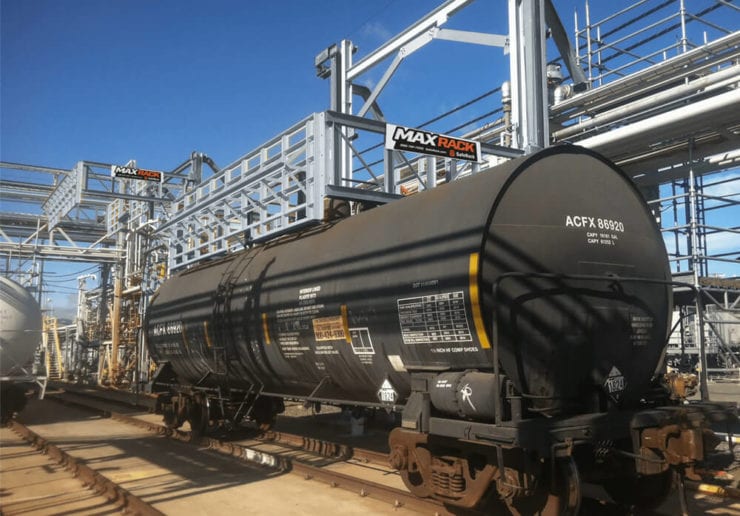
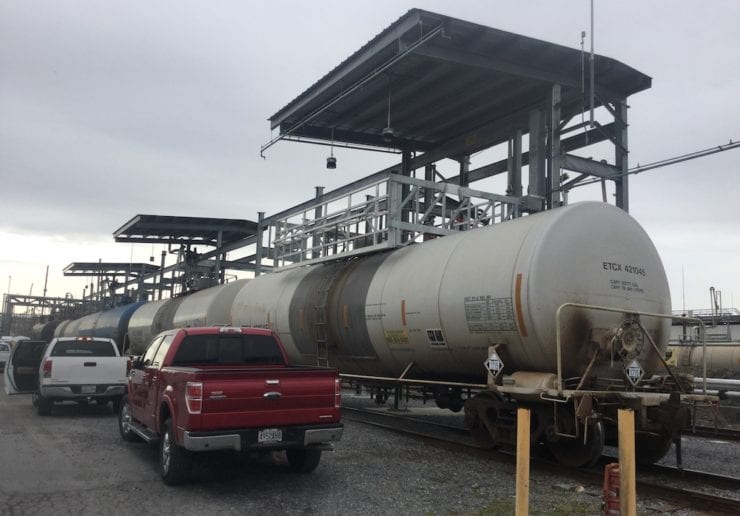
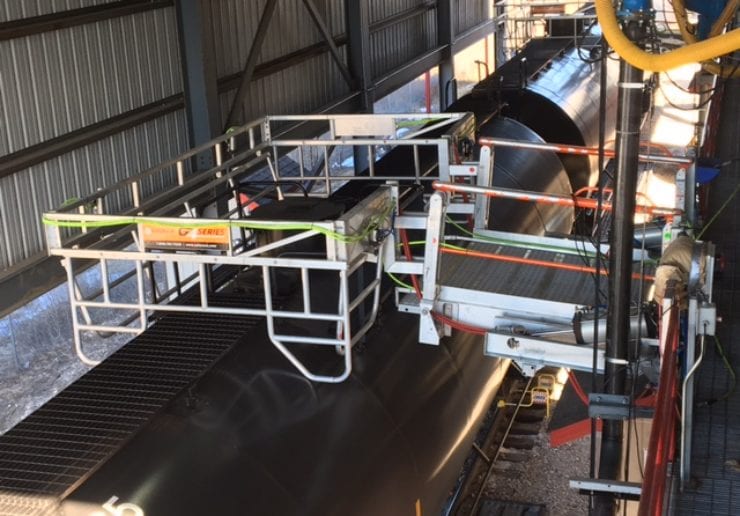
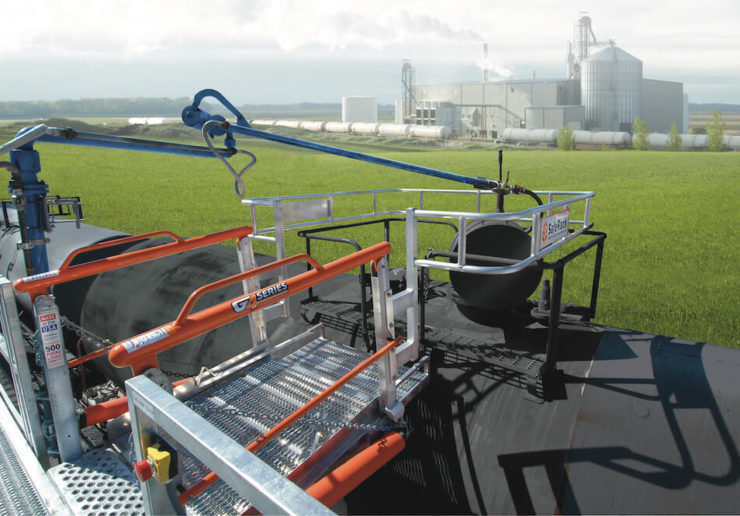
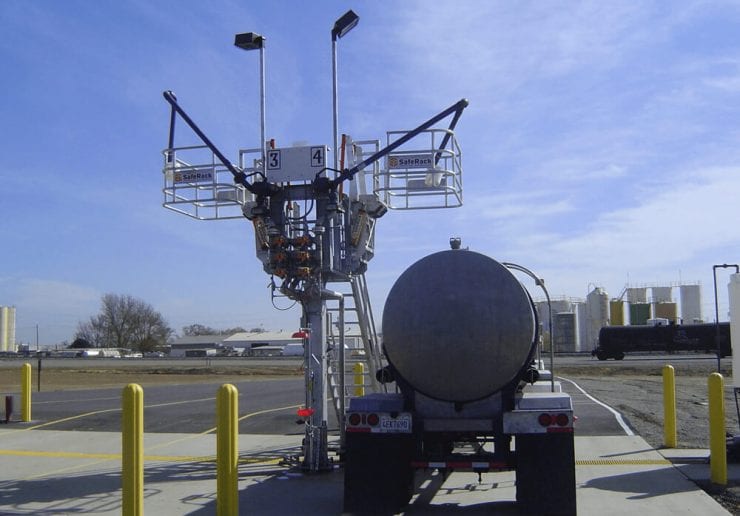
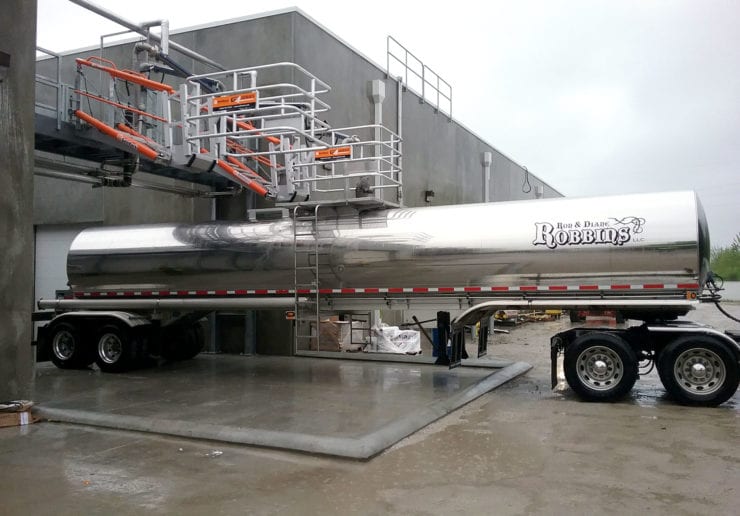
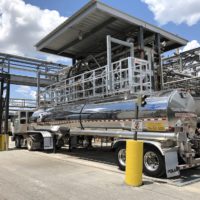
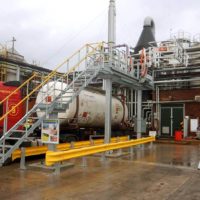
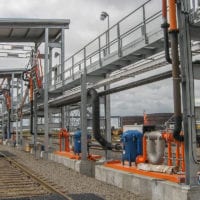
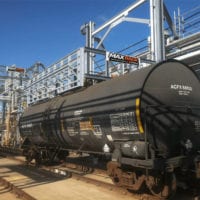
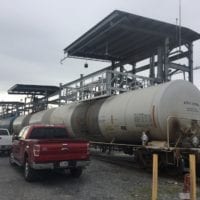
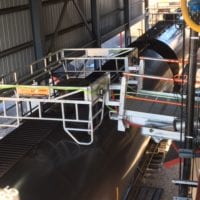
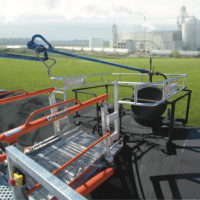
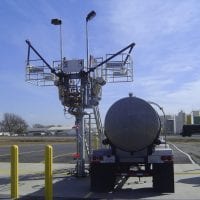
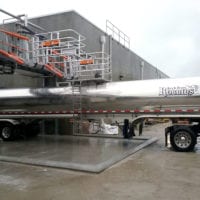
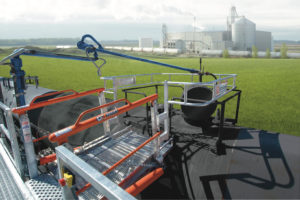
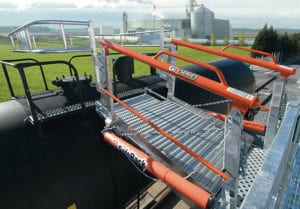

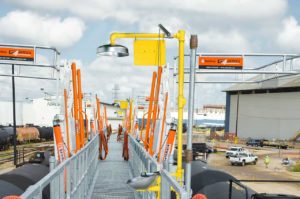

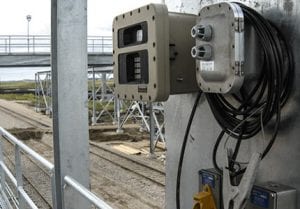
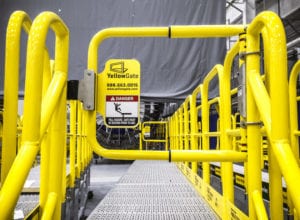
 YellowGate Safety Gates
YellowGate Safety Gates







